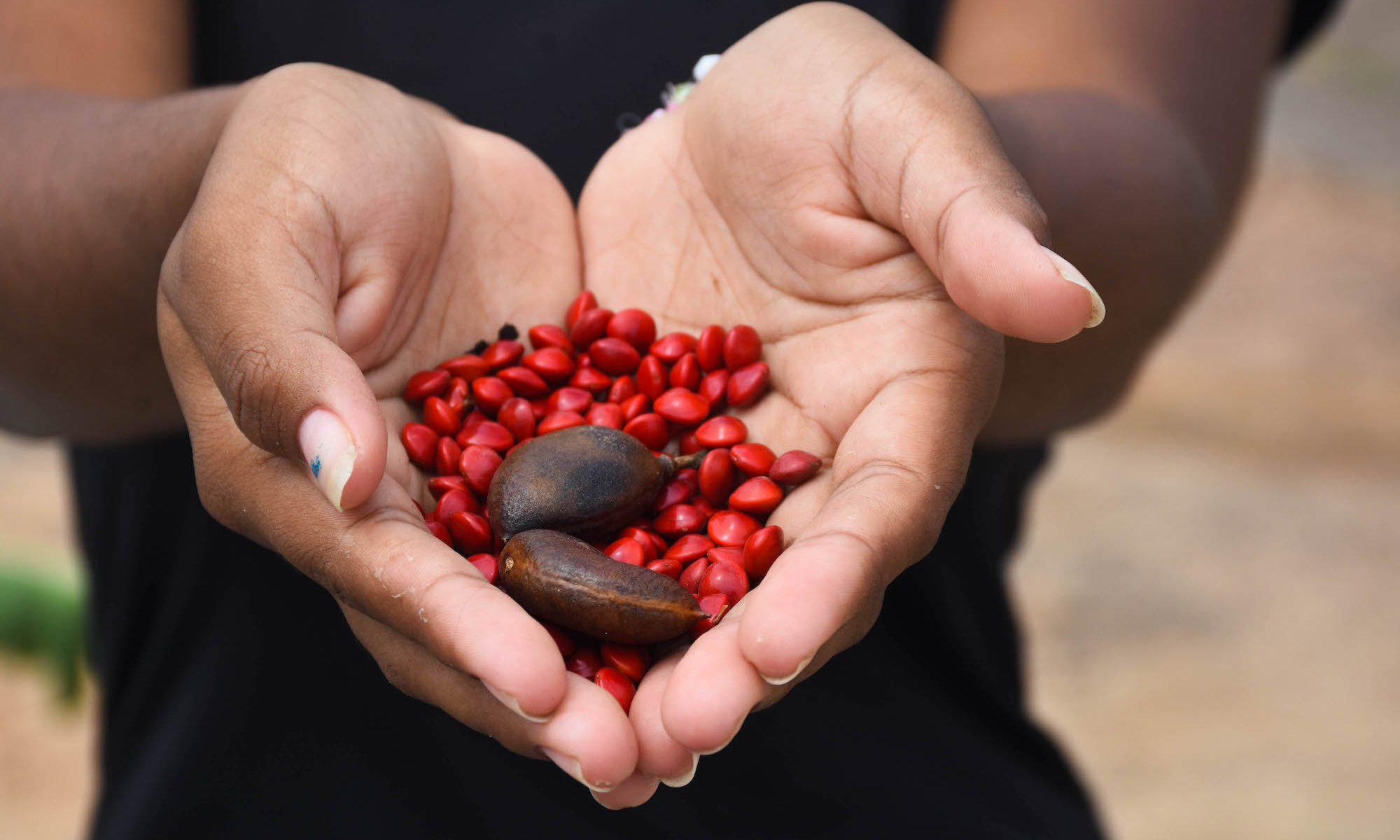VEHA
Guidance

Guidance
Virtual Environmental and Humanitarian Adviser Tool – (VEHA Tool) is a tool
to easily integrate environmental considerations in humanitarian response. Field Implementation guidances are useful for the design and execution of humanitarian activities in the field.
Climatic factors affect vector population and breeding. For example, with warmer temperatures vector populations may increase because vectors that are cold-blooded do better in a warmer environment. Also, meteorological factors affect the incidence, transmission season duration, and spread of vector-borne diseases. In addition to this, human activity can facilitate vector breeding with water storage, mining, deforestation, and poor waste management.
Chemical control can generate pollution and environmental degradation that may intensify environmental health risks and create harmful living conditions for the affected population and host communities. Pollution of the water, soil, and the air is a threat to human health and wellbeing and exacerbates poverty and inequality. Pollution also affects animals and plants, thus degrading natural ecosystems and their ability to provide essential natural services and resources for society. The economic burden of pollution is significant, and the cost of rehabilitation of degraded environments is often prohibitive. Similarly, while biological control avoids chemical pollution of the environment, there may be operational limitations and undesired ecological consequences if the impact of the environment modification is not well defined and the method is poorly calibrated. Biological control methods are only effective against the immature stages of vector mosquitoes and are typically restricted to use in large concrete or glazed clay water-storage containers or wells.
The willingness of local communities to accept the introduction of organisms into water containers is essential.
Community involvement is desirable when distributing the control organisms and in monitoring and restocking containers when necessary.
Eutrophication
Loss of biodiversity and ecosystems
Soil pollution
Air pollution
Reduce waste and pollution
The use of natural or biological controls for the management of disease vectors can reduce waste and pollution from the use of chemicals.
Remove sources of standing/tagnant water
Sweep up debris/waste from hardstanding and dispose appropriately
Clean areas using natural soap, vinegar, or lemon juice
Create appropriate barriers for the remaining vectors to further eliminate contact with humans, such as mosquito nets, or covers for standing water.
1. Remove or reduce the locations where vectors breed to reduce the number of vectors threatening humans such as standing/stagnant water
2. Daily removal of garbage and food waste.•Avoid source areas (1 to 2 km upwind from vector breeding sites such as lakes and marshes). Drain temporary water bodies if possible.
· Seal latrines, septic systems, and drain fields.
· Collect excreta and organic waste including rotting fruit to remove breeding sites.
· Seal crevices and access to inter-wall spaces (e.g., around pipes, wiring, and shelves).
· Seal around latrines and septic systems and sump tanks used to hold greywater (e.g., from washing areas).
· Eliminate moist areas and increase airflow to dark areas (e.g., behind walls, attic).
· Remove hosting areas and seal access to buildings. Move lights away from windows and doors at night. Remove rodent nets from near shelter locations. Place the double-sided sticky tape on bed legs.
· Limit contact with animals and vegetation which may harbor ticks. Frequent inspections of clothing and body to remove ticks when present. Clear vegetation from near habituated areas to limit contact with ticks.
3. Clean areas using natural non-polluting cleaning products such as soap, vinegar, lemon juice
4. Create appropriate barriers for the remaining vectors to further eliminate contact with humans.
· Screen windows and doors. Use mosquito nets, treated or untreated.
· Place screens over vent pipes from latrines and septic systems and drain fields.
· Remove food from areas where flies cannot be excluded.
· Use traps, including sticky paper (indoors)and cone/bated traps(outdoors), Fly swatter
· Install screens or traps to prevent access to drainage pipes.
· Frequently clean waste receptacles and waste collection areas.
· Regular cleaning of food preparation and food storage areas(using steam is possible).
· Wash clothing and bedding in water over 60 degrees centigrade and dry in hot air. Dry clean clothing, bedding, and other similar items. Place items in a plastic back and keep them at -15 degrees centigrade for 10 hours. Use appropriate shampoo and combing to control individual infestations.
· Repeated vacuuming of infested mattresses, furniture, and carpets. Steam cleaning of infested items and locations. Sealing cracks and spaces where bud bugs may hide. Heating rooms to 60 degrees centigrade for two hours or chilling to freezing and below for several days. Placing items in a dryer.
· Store waste in rat/mice-proof containers. Store food in rat/mice-proof containers. Plug holes and gaps which allow access to buildings (including gaps as small as 1 cm).
Ensure screens over vents and windows are do not have holes. Ensure utility access points to buildings (e.g., for water pipes) are sealed. Clear debris and waste from around the shelter site to eliminate breeding sites near the site. Use traps or glue boards as barriers to mouse movement into food handling or habitation areas.
Integrate pest management and use of natural repellents (e.g. lemon eucalyptus, citronella), although this should be done in coordination with environmental and agricultural authorities to avoid affecting pollination.
Stabilization ponds can be used for wastewater treatment through two processes: physical treatment and biological treatment. The Dandora Oxygenation Pond is a wastewater stabilization pond system with a capacity of over 80 000 m3/day. It is Nairobi’s main sewage treatment system, which receives about 80% of the wastewater generated from Nairobi city (www.nairobiwater.co.ke/water_quality/?Con-tentID¼7).
The main process includes anaerobic ponds, facultative ponds, and maturation ponds.
Sensitisation messages on biological and non-chemical vector control proper use and management are developed and promoted at household and settlement levels
Prevention of environmental damage
Mitigation of environmental damage
Environmental enhancement
Time for planning and implementing awareness and behaviour change campaigns.